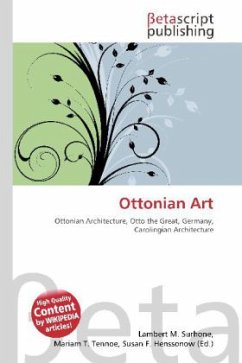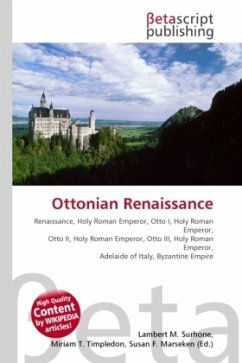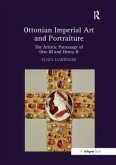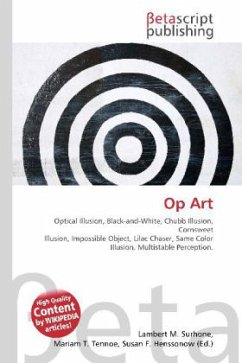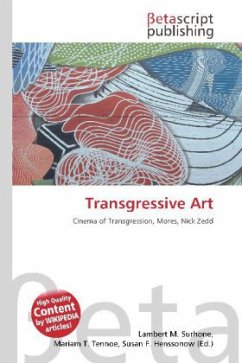Please note that the content of this book primarily consists of articles available from Wikipedia or other free sources online. In pre-romanesque Germany, the prevailing style was what has come to be known as Ottonian art. With Ottonian architecture, it is a key component of the Ottonian Renaissance (circa 951 1024) named for the emperors Otto I, Otto II, and Otto III. The style persisted past the Ottonian emperors, however, and into the reigns of the early Salians. After the decline of the Carolingian Empire, the Holy Roman Empire was re-established under the Saxon Ottonian dynasty. From this emerged a renewed faith in the idea of Empire and a reformed Church, creating a period of heightened cultural and artistic fervor. It was in this atmosphere that masterpieces were created that fused the traditions from which Ottonian artists derived their inspiration: models of Late Antique, Carolingian, and Byzantine origin.
Bitte wählen Sie Ihr Anliegen aus.
Rechnungen
Retourenschein anfordern
Bestellstatus
Storno

